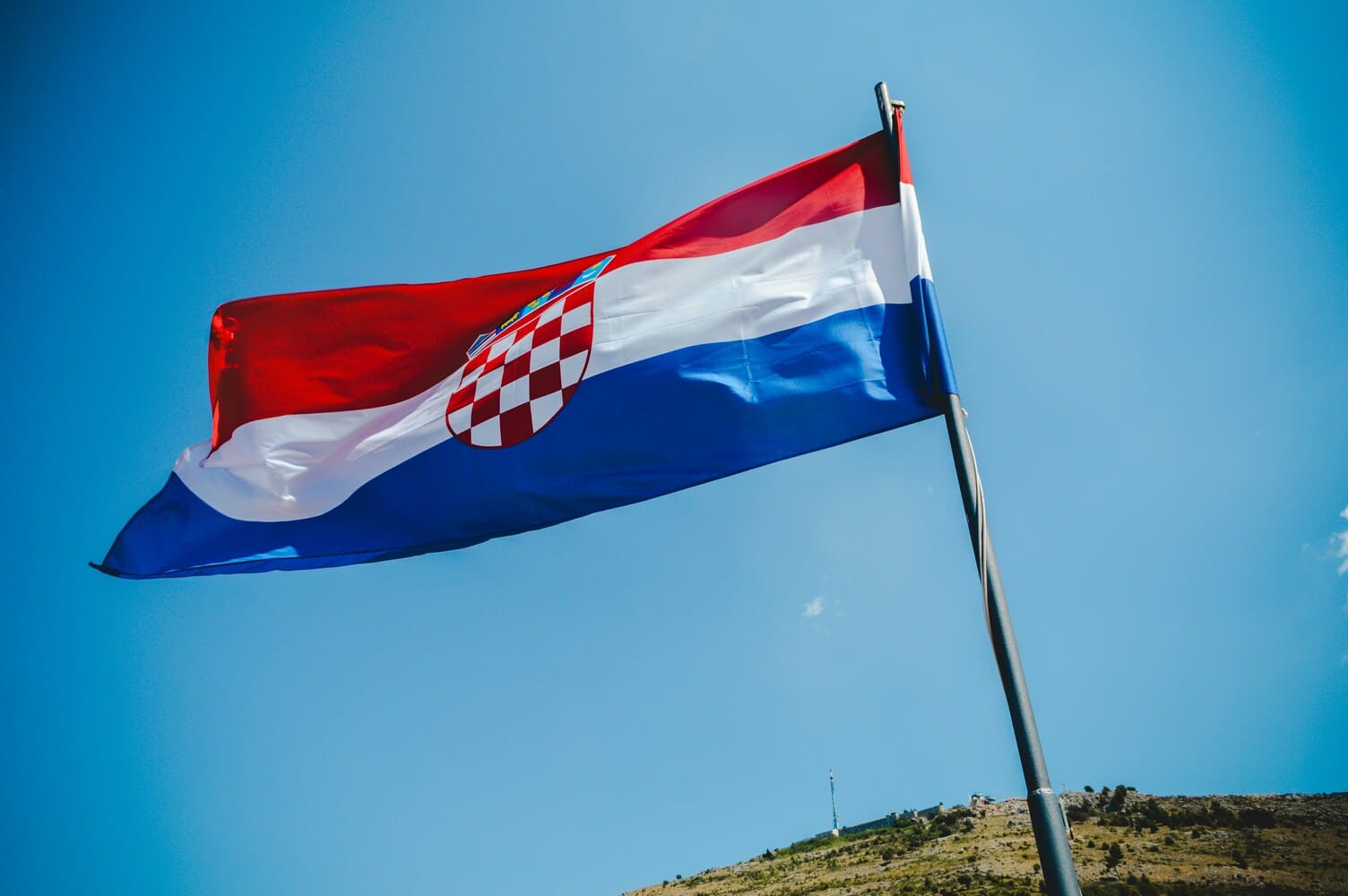Croatian Flag: 5 Interesting Facts You Should Know
Discover 5 interesting facts about the Croatian flag, including its colors, symbols, and rich history that reflect Croatia’s national identity.

The Croatian national flag is a powerful symbol of the country’s history, culture, and identity. With its bold red, white, and blue stripes and distinctive checkered shield, the flag is instantly recognizable and proudly displayed across Croatia.
But how much do you really know about the story behind it?
In this guide, we’ll take a closer look at the meaning, origins, and unique features of the Croatian flag, plus a few interesting facts that might surprise you.
What Does the Croatian Flag Look Like?
The Croatian flag consists of three equal horizontal stripes of red, white, and blue from top to bottom. These colors are shared by many Slavic nations, but what makes the Croatian flag unique is the prominent coat of arms centered on the white stripe.
The coat of arms, known as the šahovnica or checkerboard, features 25 alternating red and white squares arranged in a 5x5 grid. This striking design is framed by a crown made up of five smaller shields, each representing a historical region of Croatia: Croatia proper, Dubrovnik, Dalmatia, Istria, and Slavonia.
These elements combine to create a bold and unique flag that really reflects Croatia’s rich history (and its mix of different regions). You’ll see it waving proudly at sports games or flying over government buildings — it's a symbol that’s instantly recognizable and packed with meaning.
What Do the Colors of the Croatian Flag Represent?
These colors are part of the Pan-Slavic tradition, symbolizing unity among Slavic peoples, but each color also holds a special meaning in the Croatian context.
- Red is often associated with the courage and sacrifice of those who fought for Croatia’s independence throughout history. It represents the blood shed during the country’s struggles for freedom and sovereignty.
- White stands for peace, purity, and honesty. It reflects the hope for harmony within the nation and with its neighbors.
- Blue symbolizes freedom and faith, as well as the beautiful Adriatic Sea that borders Croatia. It also represents the aspiration for a bright future.
They’ve been part of Croatian symbolism since the mid-19th century, when the Pan-Slavic movement inspired many Slavic nations to adopt similar color schemes to express cultural identity and unity.
What Are the Symbols on the Croatian Flag?
At the center of the Croatian flag lies its most distinctive feature: the šahovnica, or checkerboard shield.
This emblem consists of 25 alternating red and white squares arranged in a 5x5 grid. The checkerboard has been a symbol of Croatia for centuries, with its earliest known use dating back to medieval times.
Legend has it that King Stjepan Držislav earned his freedom through a game of chess, which some say inspired the checkerboard design—though historians debate this colorful story.
Above the main shield sits a crown made of five smaller shields, each representing a historic region of Croatia:
- Croatia proper, or Central Croatia (the main shield with the checkerboard)
- Dubrovnik (a red and blue stripe with golden stars)
- Dalmatia (three golden crowned leopard heads on blue)
- Istria (a golden goat with red hooves and horns on blue)
- Slavonia (a marten running on a red field between two white stripes with a six-pointed star above)
These shields celebrate Croatia’s different regions (like Dalmatia, Istria, and Slavonia) and its rich history. The mix of colors and symbols makes the Croatian flag a strong symbol of national pride and unity.
History and Evolution of the Croatian Flag
The Croatian flag has changed a lot over the centuries. Its roots go back to medieval times, but the red-white-blue tricolor became popular during the 19th-century Pan-Slavic movement (when Slavic nations pushed for unity and independence).
During Yugoslavia’s rule, Croatia’s flag looked a bit different—usually without the checkerboard or with communist symbols. After Croatia declared independence in 1991, the current flag with the checkerboard and crown of shields was officially adopted, symbolizing a fresh start.
Today, you’ll see the flag everywhere—from government buildings to football matches, like when Croatia stunned the world by reaching the 2018 FIFA World Cup final. Interesting, right?
5 Fun Facts About the Croatian Flag
Here are five fun facts you might not know about this iconic symbol:
- The checkerboard pattern (šahovnica) is said to be one of the oldest Croatian symbols, dating back over 900 years.
- The five smaller shields above the main checkerboard represent Croatia’s historic regions.
- Croatian football fans famously wear the checkerboard pattern, making it a global sports icon.
- The red, white, and blue colors are shared with other Slavic nations but have unique meanings in Croatia.
- The flag was officially adopted in its current form in 1990, right before Croatia declared independence.
The Croatian flag truly tells a story with every color and symbol!
Conclusion
Like many traditions in Croatia, the Croatian flag carries a rich and fascinating history. It’s changed over time but remains a powerful symbol of national pride and identity.
Our guess? It’s here to stay, so why not surround yourself with a little Croatian culture while you learn the language? Head over to StudyCroatian.com and start your journey today!